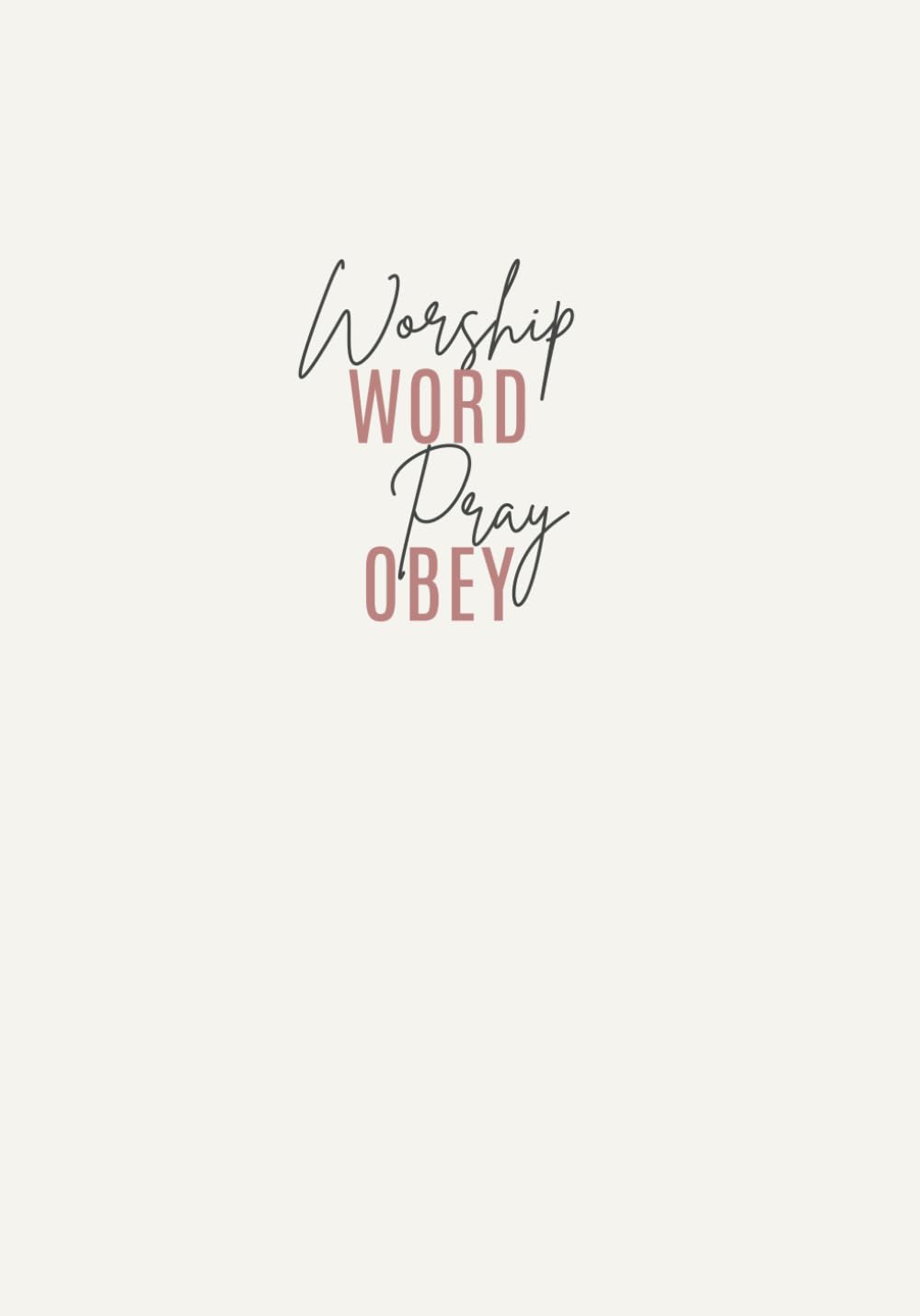Here’s a question I get asked often: how do I choose the right Bible translation?
I get it. The Bible can be intimidating on its own…AND I also have to choose which version to read? There are so many!
If you are short on time, this is always my quick response: read the translation that keeps you reading the Bible:)
But here’s a more in-depth answer:
My grandparents gave me my first Bible when I was eleven. It was an NIV translation (New International Version) and to this day, that is the translation I prefer for my daily reading. Its words and phrasings feel like home. But I study from a variety of translations because reading from different translations deepens my understanding of a particular passage.
There isn’t a right or wrong Bible translation. All English translations are translations from the original languages of the Bible: mostly Hebrew and some Aramaic in the Old Testament, and Greek in New Testament.
Each translation serves a different purpose, but why? And how? To answer those questions, let’s picture a spectrum line, with each translation falling somewhere on that line.
Like this:

As you can see in the image above, different translations fall under different areas of the spectrum.
Some translations, like the NASB and KJV, are more formal in their translation. This means they are trying to stay as true to the original Hebrew or Greek language. The editors of these translations aimed to translate the Bible word for word, or as close to that as they could get it.
Functional translations, like the NIV and the CSB, are translated with a goal of maintaining the original language while also communicating the modern equivalent of the original thought behind Scripture.
Finally, translations like the Message and the Living Bible aim to retell Scripture. They deliver a paraphrase of the original texts.
The further right a translation is on the spectrum line above, the easier it is to read for modern ears. The further left a translation is on the spectrum, the more accurate it is to the original languages. This is why I prefer the NIV for my daily reading; it falls right in the middle of the spectrum.

So which translation should you read?
My answer is still the same: read the translation that keeps you reading the Bible! But I do hope that what I’ve shared here helps you approach the many different Bible translations with confidence and clarity.My goal is to help you keep your Bible dust-free. So whatever translation you read, keep on reading!
Questions or comments? Drop a note in the comment section and I’ll be sure to answer shortly.
I am rooting for you, always.
Much love,
Heather






